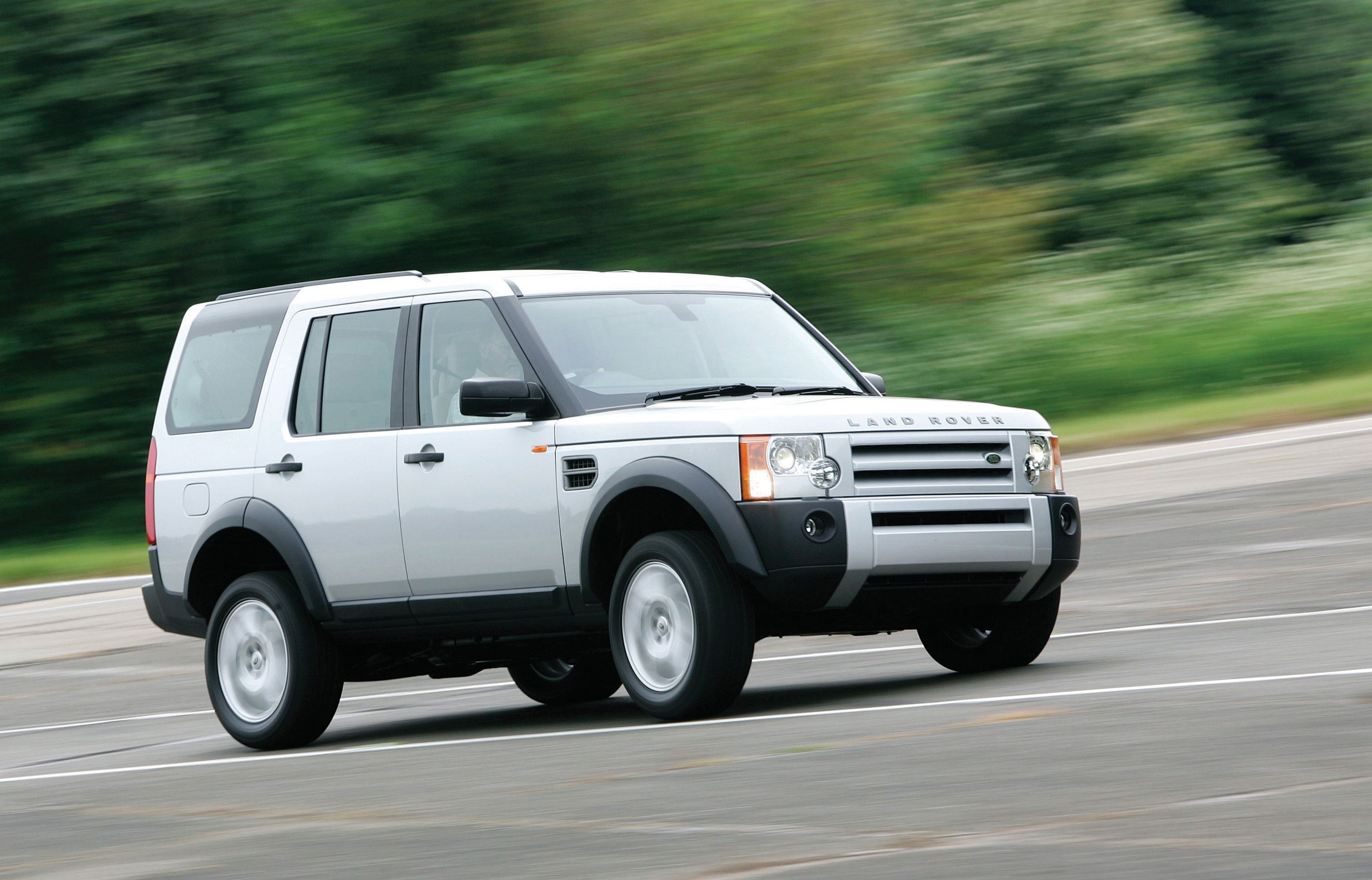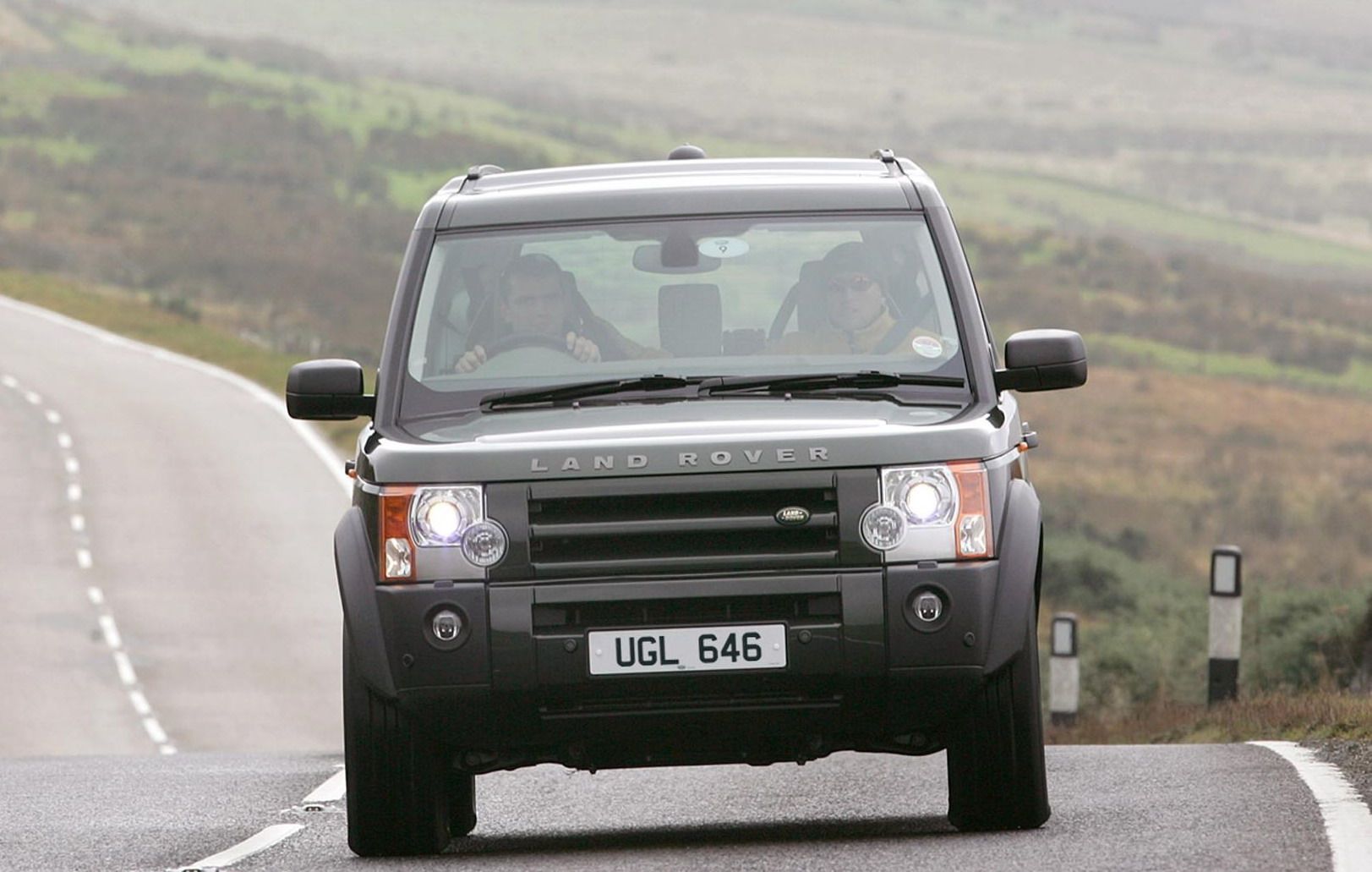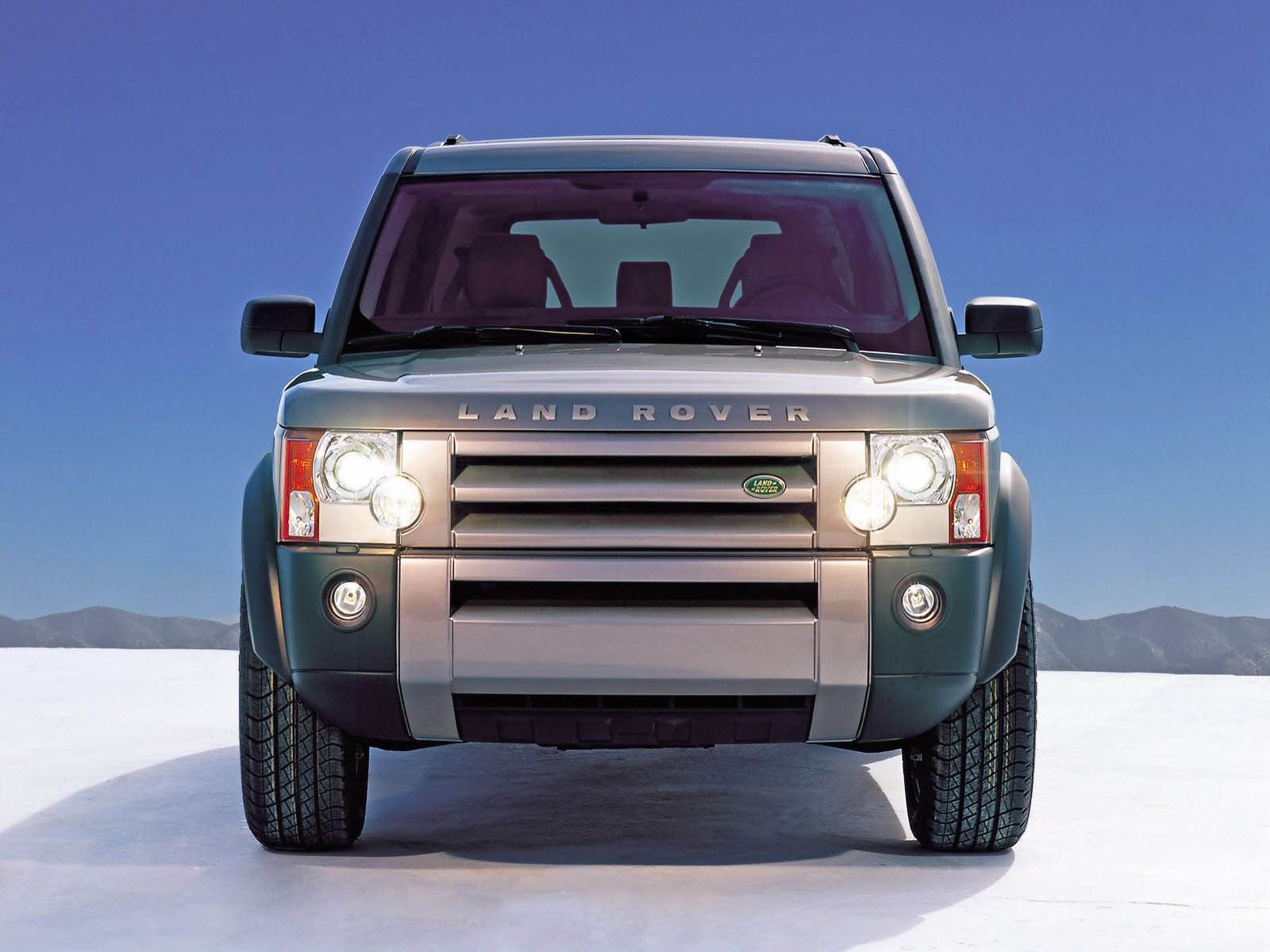No, we haven’t gone crazy. There is a reasoning behind the bold suggestion that the Land Rover LR3 is a great off-roader. Yes, a Land Rover product with complicated electronics that is pushing 10 years of age isn’t the most sensible of buys in most cases. However, by doing some good research, you might be able to score yourself a bargain.
It Offers Off-Road Prowess As Well As Great Comfort
Most off-roaders on the current market are crazy expensive; therefore, even those who have the means to buy them don’t take them off-road. An old LR3 isn’t just capable of driving you through tough obstacles, but it can also do it in great comfort. The Land Rover LR3 shares the same platform as the first-generation Range Rover Sport; therefore, some similarities can also be found inside. First, you get the same touch screen which displays vehicle information like wheel articulation and locked or unlocked differentials. The dashboard design is different in the Discovery as it is meant to look a bit more rugged and outdoorsy. It is upright and utilitarian, but it is still equipped with heated leather seats and those great Land Rover armrests.
You can also enjoy three sunroofs and plenty of second-row seating space thanks to the length of the vehicle and the height of the raised roof. Small kids will surely love the uniqueness of the LR3 inside. If you are planning on taking it on long family road trips you will have zero issues storing all your luggage comfortably as the trunk is huge. This is a comfortable and spacious vehicle that can eat up miles even when compared to brand-new vehicles.
LR3 Off-Road Abilities
At a first glance, the LR3 looks like a modern-day SUV that won’t be able to do much more than tackle a slightly rocky dirt road, but that isn’t the case. Yes, it sits on independent suspension on all corners; therefore, wheel articulation is limited. However, this is the vehicle that fine-tuned Land Rover’s terrain response system, and the grip it provides is amazing.
From inside, the driver can select the type of terrain that the vehicle will be driven on, then the traction control system will adjust accordingly. Also, the air suspension will change its height providing the ground clearance needed. With a good set of tires, these cars can be very impressive when the going gets tough.
Granted, the air suspension is a bit controversial due to reliability issues. It can leak, and height sensors may fail which will cause the vehicle to sit at the lowest setting possible, but such issues can be avoided. You can search for an LR3 that has had its suspension system recently serviced, or you can even remove the airbags and replace them with coilovers. You will be losing the height adjustment abilities, but you are adding reliability.
On-Road Performance
Most vehicles that perform well off-road are terrible on road, but this isn’t the case with the LR3. The independent suspension, combined with the air bags, leads to a soft ride that absorbs all the bumps and keeps you comfortable regardless of how long you are driving. This being a much more modern vehicle than the older Discoveries, it also has plenty of sound deadening. The difference in comfort on the freeway between this vehicle and the older Discovery 2 is night and day. Its V-8 produces 300 horsepower and 315 pound-feet of torque; therefore, it can keep up with modern traffic both on steep hills, at altitude, or just on the freeway. It also makes a great sound which is always a bonus.
What to Look Out for on the LR3
One of the most important areas to check on the LR3 is the air suspension. Ensure that it raises and lowers quickly without any warning beeps or lights on the dashboard. Suspension bushings also tend to need attention every 60,000 miles or so. Engine-wise, the U.S.-only models received the 4.4-liter petrol V-8, which is known to be relatively trouble-free. If you happen to have access to a diesel 2.7 or 3.0-liter model, you need to pay close attention to the condition of the crank, injectors, and oil pump as they are known for issues. Furthermore, the timing belts are a labor-intensive job on the diesels, so make sure they have been recently replaced.
Final Thoughts
Sure, the LR3 won’t be the most reliable SUV on the market. However, if you buy a U.S.-spec model with the petrol V-8 that has had most of the important work done to it, you will get plenty of relatively trouble-free usage out of it. Also, if you know your way around cars and can get some work done yourself, you will be saving on labor costs. We believe that the comfort and capabilities offered by the LR3 are worth the sacrifice in reliability, as, for a similar amount of money, no other SUV can come close to what the Land Rover can do.





